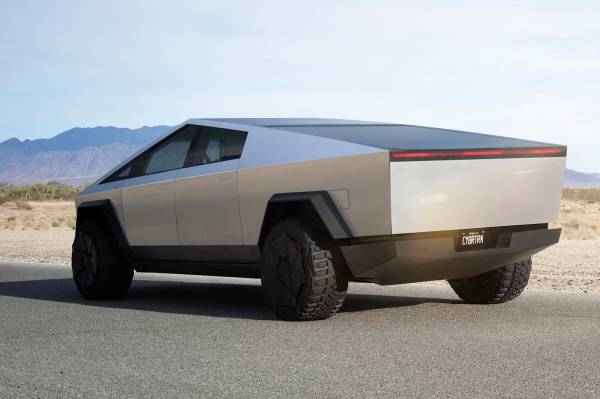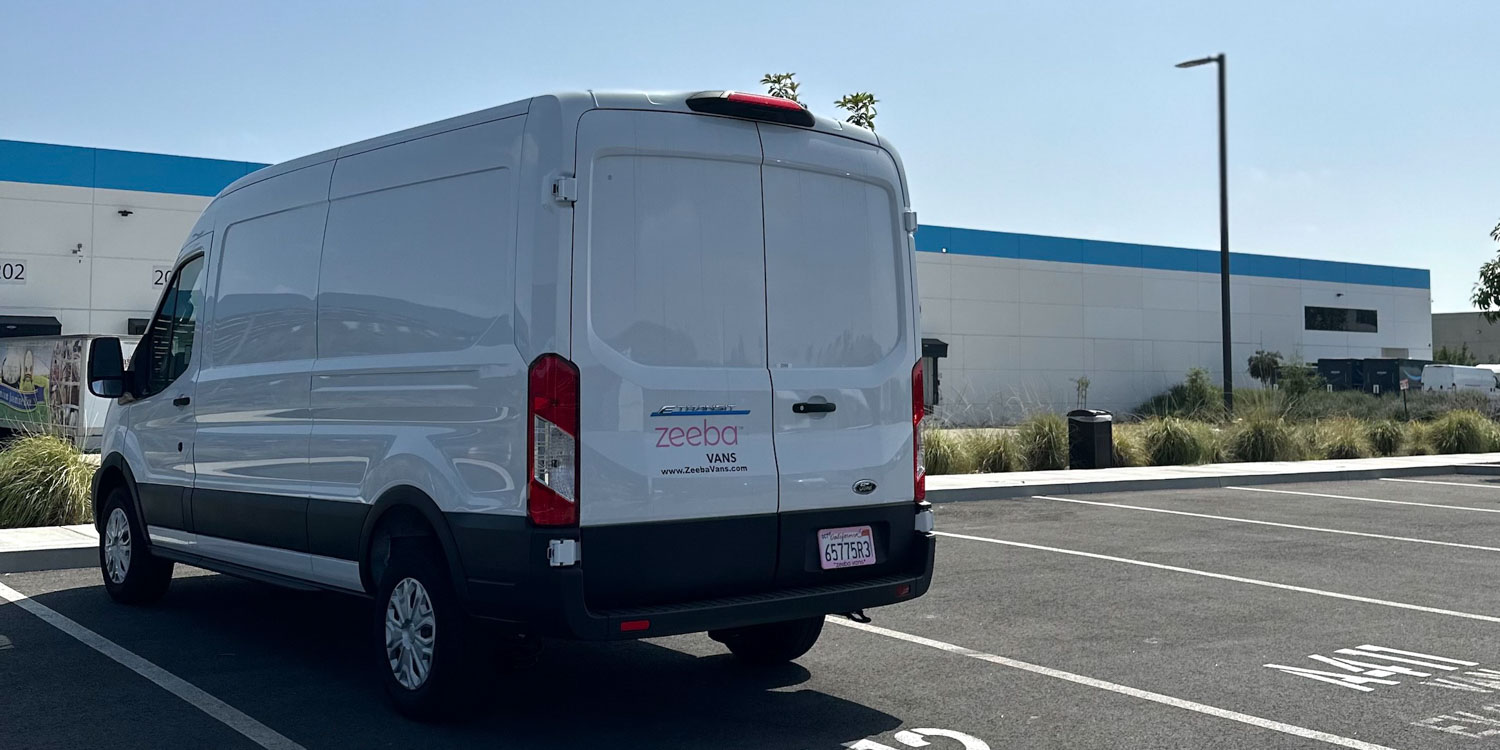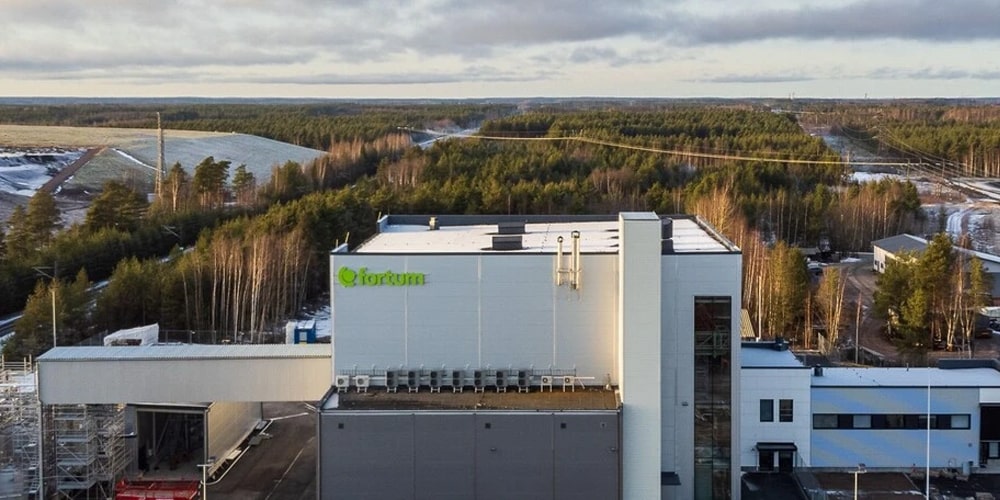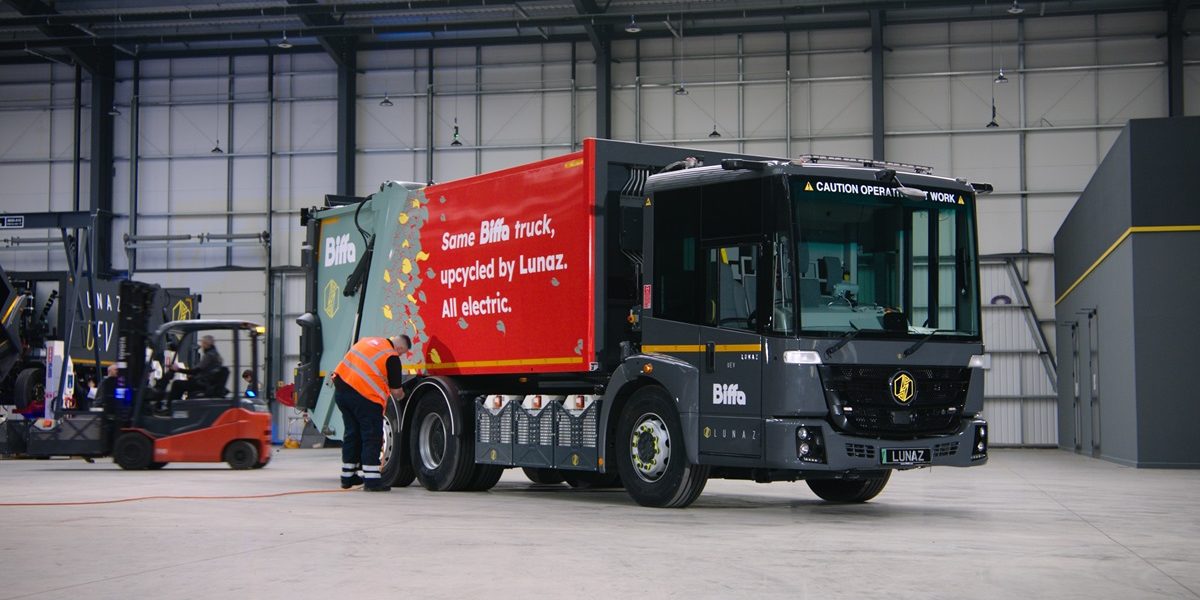Tesla’s latest move in the automotive industry has garnered significant attention and anticipation. Reports indicate that the company has secured an extensive order of interior parts for its highly anticipated Cybertruck, which is estimated to be worth hundreds of millions of dollars.
The Cybertruck production program is closely watched, as it is expected to have a profound and long-lasting impact on both the electric vehicle (EV) industry and the pickup truck market. Tesla has been diligently working on bringing this innovative electric pickup truck to production, installing advanced manufacturing equipment and even providing glimpses of the production line through rare released pictures.
While updates on the progress of the Cybertruck production program have been relatively scarce, recent reports from Korea shed light on a crucial development. Seoyon E-Hwa, a reputable manufacturer of interior automotive parts, has confirmed that it has received a substantial order from Tesla for the Cybertruck.
The contract between Tesla and Seoyon E-Hwa encompasses the production of all A, B, and C pillars for the Cybertruck, extending until 2028. Analysts estimate that the associated sales from this deal alone could reach an impressive 300 billion won, roughly equivalent to $230 million US dollars’ worth of interior panels.
It is worth noting that Tesla already maintains significant business ties with automotive suppliers in Korea. Seoyon E-Hwa, renowned for its collaboration with Korean automaker Hyundai, has established manufacturing facilities in the United States to support Hyundai and Kia’s production. Consequently, it is highly likely that the interior panels for the Cybertruck will be sourced from these factories, considering Tesla’s plans to manufacture the vehicle in Texas.
Tesla has recently announced its intentions to commence Cybertruck production during the summer, with a delivery event anticipated by the end of the third quarter. However, the automaker does not foresee reaching full-scale production of the electric pickup truck until the following year, underscoring the intricate processes involved in delivering this revolutionary vehicle to the market.







